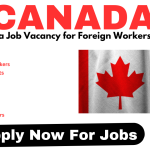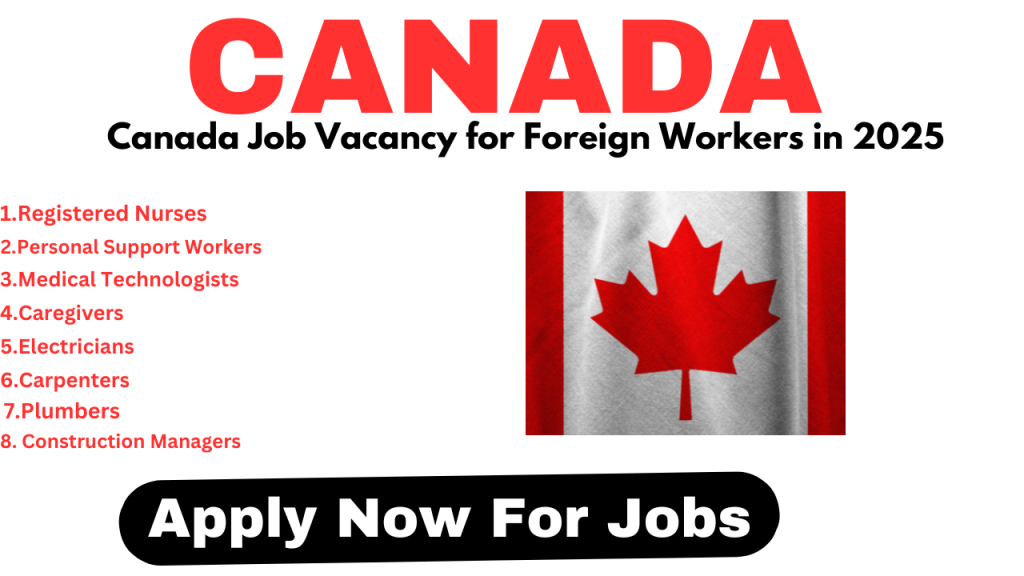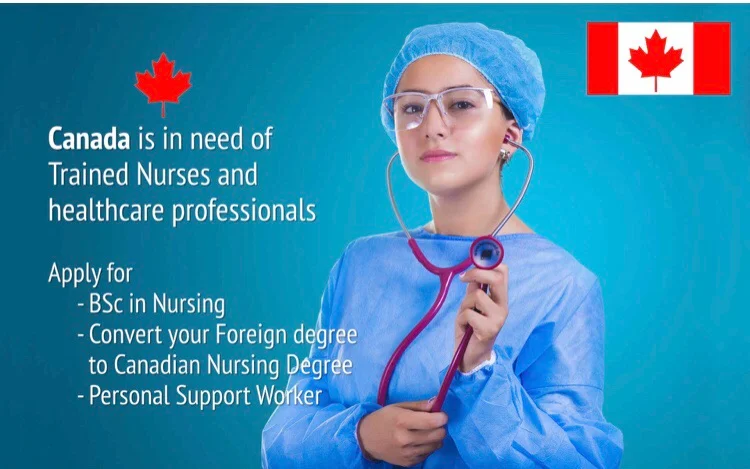Introduction
From my vantage point as a U.S. Consular Specialist, I am acutely aware of the global interest in employment opportunities within the United States. Recently, there has been a significant surge in online chatter regarding a “Construction Visa Program for 2025,” often attached to an enticing claim of a $100,000 payment to facilitate relocation. This information has understandably generated immense excitement and a high volume of inquiries. The prospect of moving to the U.S., securing a stable job in a booming industry, and receiving a substantial financial incentive is a powerful draw for skilled and hardworking individuals across the world. The American construction sector is indeed robust, facing labor shortages in numerous areas and actively seeking qualified workers to fill critical roles in infrastructure, residential, and commercial projects.
It is my professional duty, however, to provide clarity and manage expectations regarding these claims. The United States government does not offer any visa program that “pays” individuals $100,000 to relocate for construction work. Such offers are typically a gross misrepresentation of the facts or, in worse cases, the bait used in sophisticated visa scams. Scammers often prey on the aspirations of hopeful immigrants by promising guaranteed jobs and large cash bonuses in exchange for upfront “processing fees.” The $100,000 figure is more likely a distortion of a potential annual salary for a highly experienced and specialized construction professional in a high-cost-of-living area, not a relocation bonus or a grant from the government. Understanding this distinction is the first and most critical step in pursuing a legitimate pathway to the U.S.
This article serves as an official guide to dispel the myths and illuminate the genuine, and often challenging, path to working legally in the U.S. construction industry. While the “get paid to relocate” scheme is not real, the opportunity to earn a competitive salary, sometimes exceeding $100,000 per year for certain skilled positions, is entirely achievable. We will explore the legitimate visa categories available, the types of jobs in high demand, the rigorous application requirements, and the correct channels for finding a sponsoring U.S. employer. Your American dream is possible, but it must be built on a foundation of facts, due diligence, and adherence to U.S. immigration law.
Entry-Level Jobs for Immigrants
For many foreign nationals, entry-level positions serve as a crucial gateway into the U.S. construction industry. These roles often require less specialized experience and formal education, but they demand physical strength, reliability, and a strong work ethic. A U.S. employer must still demonstrate that there are insufficient U.S. workers who are able, willing, qualified, and available to do the temporary work, which is a key requirement for visa sponsorship in these categories. Below is a table outlining common entry-level jobs, their typical responsibilities, and realistic salary expectations.
Note: Salary ranges are estimates and can vary significantly based on state, city, specific employer, and prevailing wage determinations by the U.S. Department of Labor for sponsored positions.
Application Requirements and Documents
Navigating the U.S. visa process is meticulous and requires careful preparation from both the U.S. employer and the foreign applicant. It is not a process an applicant can initiate alone. The entire framework of U.S. employment-based immigration is predicated on a verified job offer from a U.S. employer who acts as your petitioner.
Step 1: The U.S. Employer’s Responsibility (The Petitioner)
Before you can even apply for a visa, your prospective employer must complete several crucial steps and receive government approval.
- Labor Certification: For most H-2B and EB-3 visas, the employer must first obtain a certification from the U.S. Department of Labor (DOL). This process, known as PERM for EB-3 visas or Temporary Labor Certification for H-2B visas, requires the employer to prove they have tested the U.S. labor market and have been unable to find qualified and willing U.S. workers for the position. This is a complex and time-consuming step for the employer.
- Filing the Petition: Once the labor certification is approved, the employer files a petition with U.S. Citizenship and Immigration Services (USCIS).
- For temporary workers, they file Form I-129, Petition for a Nonimmigrant Worker.
- For permanent immigrant workers, they file Form I-140, Immigrant Petition for Alien Worker.
- Petition Approval: Only after USCIS approves the employer’s petition (Form I-129 or I-140) can the foreign national worker proceed with their part of the process. The applicant will receive a receipt number and an approval notice (Form I-797) which is essential for the visa application.
Step 2: The Foreign Applicant’s Responsibility (The Beneficiary)
Once the employer’s petition is approved, the process shifts to you, the applicant. Your path will depend on whether the visa is for temporary work (nonimmigrant) or permanent residency (immigrant).
Available Visa Categories for Construction Workers:
-
H-2B Visa (Temporary Non-Agricultural Workers): This is the most common visa for seasonal or peak-load construction work.
- Purpose: For temporary jobs. The employer must prove their need for the worker is a one-time occurrence, seasonal, peak-load, or intermittent.
- Limitation: There is a strict annual cap of 66,000 H-2B visas per fiscal year, split into two halves. Demand far exceeds supply, so even with an approved petition, securing a visa is not guaranteed and often depends on a lottery.
- Process: After petition approval, you will complete the DS-160 online application, pay the visa fee, and schedule an interview at the nearest U.S. Embassy or Consulate.
-
EB-3 Visa (Skilled Workers, Professionals, or Other Workers): This is a pathway to a Green Card (permanent residency). It is a much longer and more complex process.
- Purpose: For permanent, full-time jobs.
- Subcategories:
- Skilled Workers: The job must require a minimum of 2 years of training or work experience.
- Professionals: The job requires at least a U.S. baccalaureate degree or its foreign equivalent.
- Other Workers (Unskilled Workers): For jobs requiring less than 2 years of training or experience. This category has extremely long backlogs due to high demand and visa quotas.
- Process: After I-140 approval, you will wait for your “priority date” to become current. This can take several years. Once current, you will proceed with consular processing, which involves submitting documents to the National Visa Center (NVC), completing the DS-260 form, and attending a visa interview.
Essential Documents Checklist for Your Visa Interview:
This is a general list. You will receive a specific list from the NVC or the consulate.
- Passport: Valid for travel to the U.S. with a validity date at least six months beyond your intended period of stay.
- Visa Application Form Confirmation: The confirmation page from your Form DS-160 (for nonimmigrant visas) or Form DS-260 (for immigrant visas).
- Application Fee Payment Receipt: Proof that you have paid the required visa application fee.
- Photo: One 2×2 inch photograph meeting U.S. visa photo requirements.
- Petition Approval Notice: Your original Form I-797 approval notice from USCIS.
- Job Offer Letter: A detailed letter from your U.S. employer outlining your job title, responsibilities, salary, and work location.
- Proof of Work Experience: Letters from previous employers, detailed resumes, pay stubs, or any other evidence that proves you meet the qualifications for the job.
- Educational Documents: Diplomas, certificates, or transcripts, if applicable to the position.
- Proof of Ties to Home Country (for H-2B): Evidence that you have strong social and economic ties to your home country and intend to return after your temporary work authorization ends (e.g., property deeds, family documents, a letter from a future employer at home).
- Medical Examination: A medical exam completed by a consulate-approved panel physician.
Employment Websites to Find Opportunities
Finding a U.S. employer willing to sponsor a visa is the most significant hurdle. You must be proactive and strategic in your search. Be extremely cautious of any entity that asks for money to “find you a job” or “guarantee a visa.” Legitimate employers do not typically charge employees for petition-related fees.
Here are some resources to aid your job search.
General Job Boards (Use Smart Filters):
- Indeed.com: The world’s largest job site. Use specific search terms like “H-2B construction,” “visa sponsorship,” or “willing to sponsor EB-3” in the “what” box, along with the desired location in the “where” box.
- LinkedIn.com: Build a professional profile highlighting your skills. Follow U.S. construction companies and connect with recruiters. Use similar search terms as on Indeed.
- ZipRecruiter.com: Another major job board where you can upload your resume and search for sponsoring employers.
Construction-Specific Job Boards:
- ConstructionJobs.com: A leading job board specifically for the construction industry in the U.S. While not all employers sponsor, it is an excellent place to see which companies are hiring and what skills are in demand.
- iHireConstruction.com: This site focuses exclusively on construction and skilled trades. Look for larger companies in their listings, as they are more likely to have the resources and experience to handle visa sponsorship.
- Roads & Bridges (https://www.google.com/search?q=jobs.roadsbridges.com): A niche job site focused on the infrastructure segment of the construction industry.
Important Job Search Tips:
- Target Larger Companies: Large, national construction firms are generally more familiar with the immigration process and have the legal and financial resources to sponsor workers.
- Professional Resume/CV: Your resume should be in a standard U.S. format, clear, concise, and highlight your specific skills and experience relevant to the job.
- Network: Use platforms like LinkedIn to connect with professionals in the U.S. construction industry.
- Due Diligence: Thoroughly research any company that offers you a job. Check their website, look for reviews, and be wary of any offer that seems too good to be true. Never provide your passport number or pay fees before verifying the legitimacy of the company and the job offer.
Conclusion
The journey to working in the United States construction sector is one of significant opportunity, but it demands realism, patience, and strict adherence to legal procedures. While the sensationalized promise of a “$100,000 relocation payment” is a myth designed to attract attention, the reality of earning a substantial and rewarding living is a tangible goal for many skilled international workers. The U.S. construction industry values hard work and expertise, and U.S. employers are actively seeking talent through established legal channels like the H-2B and EB-3 visa programs.
Your success hinges on securing a legitimate job offer from a U.S. employer who is willing to navigate the complex sponsorship process on your behalf. This is the non-negotiable first step. From there, you must meticulously prepare your documentation, be transparent during your consular interview, and demonstrate that you meet all the qualifications for both the job and the specific visa category.
I urge all prospective applicants to be vigilant against misinformation and fraud. Your primary sources for information should always be official U.S. government websites, such as the U.S. Department of State – Bureau of Consular Affairs (travel.state.gov) and U.S. Citizenship and Immigration Services (uscis.gov). By arming yourself with accurate knowledge and pursuing your goal through the proper legal framework, you can build a strong foundation for a successful career and future in the United States.






